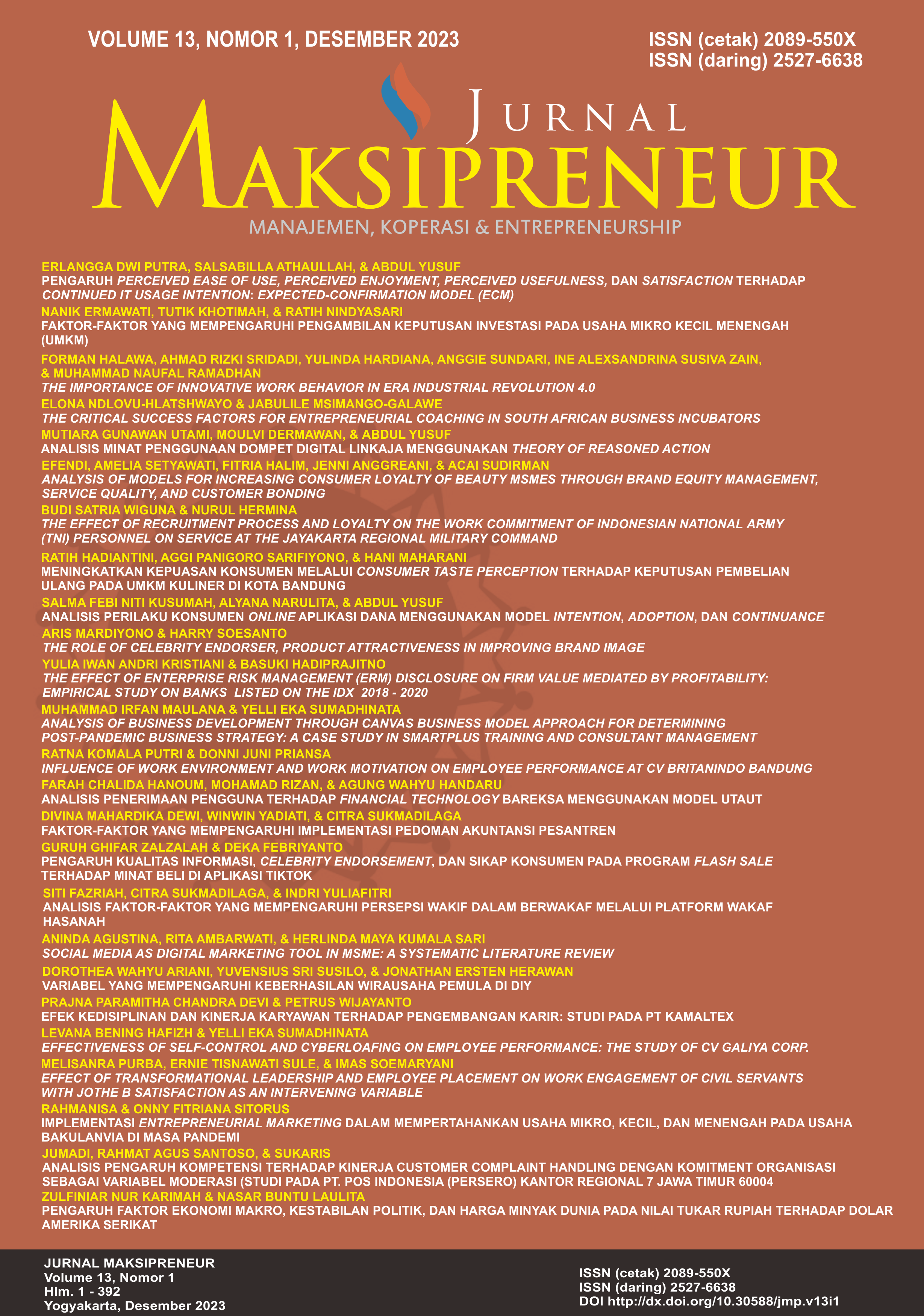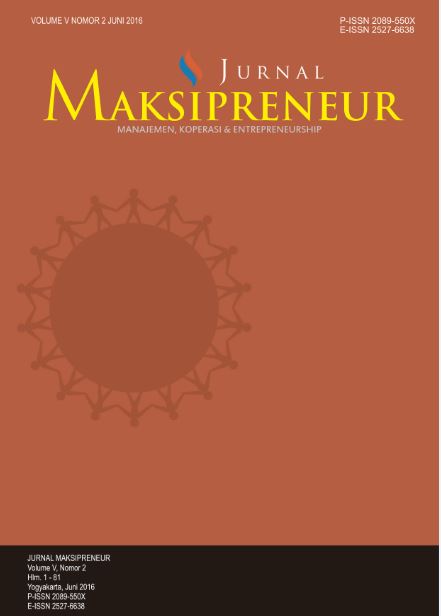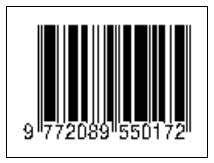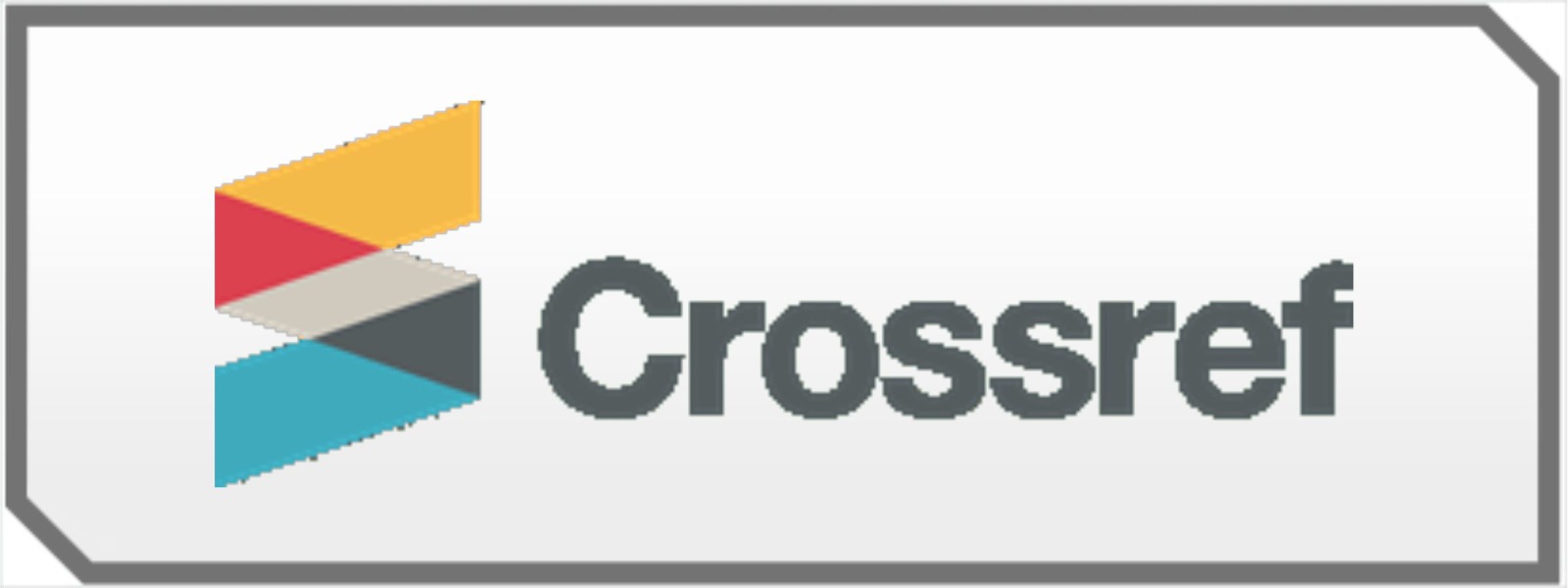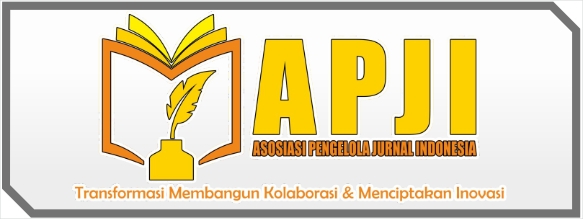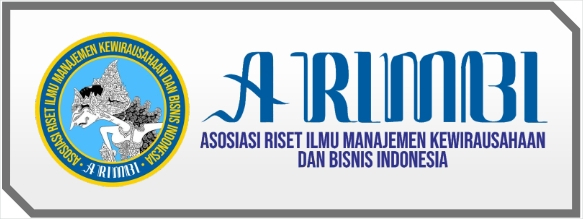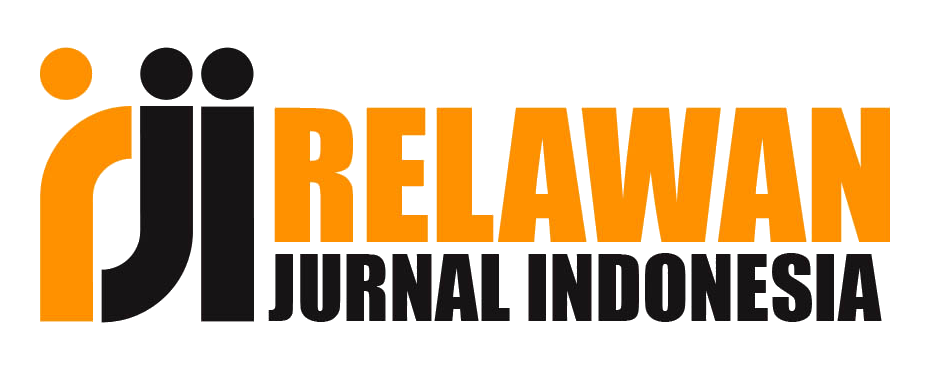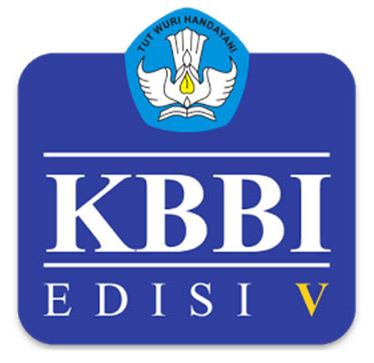Analisis Faktor-faktor yang Mempengaruhi Persepsi Wakif dalam Berwakaf melalui Platform Wakaf Hasanah
DOI:
https://doi.org/10.30588/jmp.v13i1.784Keywords:
Cash Waqf, Platform Waqf, Technology Acceptance Model (TAM), Theory of Planned Behavior (TPB)Abstract
The Hasanah Waqf Crowdfunding Platform was created to make it easier for people to have waqf. With the large potential of waqf in Indonesia, the accumulated amount of waqf in Hasanah Waqf is still far from the target. The research objective was to analyze the factors that influence the perception of waqf through the Hasanah Waqf platform using a combination theory of the Technology Acceptance Model (TAM) and Theory of Planned Behavior (TPB) as well as literacy and trust as external factors. The population is all Muslim communities in Indonesia. The sampling technique used non-probability sampling of as many as 369 people. Quantitative research methods with data analysis techniques Structural Equation Modeling-Partial Least Squares (SEM-PLS). The results showed that perceived ease of use has a positive effect on perceived usefulness. Perceived usefulness and perceived ease of use have a positive effect on people's attitudes. However, the attitude towards the Hasanah Waqf platform has a negative effect on the intention to do waqf through the Hasanah Waqf platform. Subjective norms have a positive effect on intention waqf money through the Hasanah Waqf platform. Perceived behavioral control has a negative effect on the intention of waqf through the Hasanah Waqf platform. Literacy and trust have a positive effect on the intention for waqf through the Hasanah Waqf platform. And the intention has a positive effect on the behavior of waqf money through the Hasanah Waqf platform. This research is expected to provide information to increase the collection of cash waqf in Indonesia.References
Abdillah, W., & Hartono, J. (2015). Partial Least Square (PLS): Alternatif Structural Equation Modeling (SEM) Dalam Penelitian Bisnis. Yogyakarta: Andi.
Ajzen, I. (1991). The Theory of Planned Behavior. Organizational Behavior and Human Decision Processes, 50(2), 179–211.
Alkafagi, A. A. C., Romli, R., Bahaudin, A. Y., Alekam, J. M., & Salameh, A. A. M. (2015). Actual Transaction Behavior of Internet Banking Services among Iraqis Customers Using PLS Approach. International Journal of Scientific and Research Publications, 5(2), 1–9.
Amin, H., Abdul-Rahman, A.-R., Ramayah, T., Supinah, R., & Mohd-Aris, M. (2014). Determinants of Online Waqf Acceptance: An Empirical Investigation. The Electronic Journal on Information Systems in Developing Countries, 60(1), 1–18. https://doi.org/10.1002/j.1681-4835.2014.tb00429.x
Anshori, A. G. (2005). Hukum dan Praktik Perwakafan di Indonesia. Yogyakarta: Pilar Media.
Badan Wakaf Indonesia. (2019). LKS-PWU. Dipetik September 8, 2020, dari: https://www.bwi.go.id/lks-pwu
Badan Wakaf Indonesia. (2020). Indeks Literasi Wakaf Indonesia Tahun 2020. Dipetik September 7, 2020, dari bwi.go.id: https://bwi.go.id/wp-content/uploads/2020/05/20200519-Indeks-Literasi-Wakaf-Indonesia-Tahun-2020-Edit.pdf
Bank Indonesia. (2016) Wakaf: Pengaturan dan Tata Kelola yang Efektif. Jakarta: Departemen Ekonomi dan Keuangan Syariah-Bank Indonesia.
Bearden, W. O., Netemeyer, R. G., & Teel, J. E. (1990). Further Validation of The Consumer Susceptibility to Interpersonal Influence Scale. Advances in Consumer Research, 17(1), 770–776.
Clark, R. A., & Goldsmith, R. E. (2006). Global Innovativeness and Consumer Susceptibility to Interpersonal Influence. Journal of Marketing Theory and Practice, 14(4), 275–285.
Davis, F. (1989). Perceived Usefulness, Perceived Ease of Use, and User Acceptance of Information Technology. MIS Quarterly, 13(3), 319–340.
Davis, F., & Venkatesh, V. (1996). A Model of The Antecedents of Perceived Ease of Use: Development and Test. Decision Science, 27(3), 451–470.
Faturohman, T., Hassandi, I., & Yulianti, Y. (2020). User Acceptance of Online Waqf Application: Evidence from Indonesia. Journal of Islamic Monetary Economics and Finance, 6(3), 503–530.
Fawzy, S. F., & Esawai, N. (2017). Internet Banking Adoption in Egypt: Extending Technology Acceptance Model. Journal of Business and Retail Management Research, Vol. 12, Issue 1, 109–118.
Ferdinand, A. (2014). Metode Penelitian Manajemen Pedoman Penelitian untuk Penulisan Skripsi Tesis dan Disertasi Ilmu Manajemen. Semarang: Badan Penerbit Universitas Diponegoro.
Government of Alberta. (2009). Living Literacy: A Literacy Framework for Alberta's Next Generation Economy. Edmonton, AB: Alberta Advanced Education and Technology.
Hasbullah, N. A., Khairi, K. F., & Ab. Aziz, M. R. (2015). The Theory of Planned Behaviour and The Impact of Moral Norm. Studies in Social Sciences and Humanities, 3(2), 27–33.
Hasbullah, N. A., Khairi, K. F., & Aziz, M. R. (2016). Intention to Contribute in Corporate Waqf: Applying the Theory of Planned Behaviour. UMRAN – International Journal of Islamic and Civilizational Studies, 3(1), 39–48.
Hasim, K., Lubis, D., & Ali, K. M. (2016). Analisis Faktor-faktor yang Memengaruhi Penghimpunan Wakaf Uang di Indonesia (Pendekatan Analytical Network Process). Jurnal Al-Muzara’ah, 4(2), 127–141.
Hazami, B. (2016). Peran dan Aplikasi Wakaf dalam Mewujudkan Kesejahteraan Umat di Indonesia. Analisis, XVI(1), 173–204.
Hong, I. B. (2019). Understanding and Predicting Behavioral Intention to Adopt Mobile Banking: The Korean Experience. Journal of Global Information Management, 27(3), 182–202.
Hudzaifah, A. (2019). Factors Influencing Willingness to Contribute in Cash Waqf: Case of South Tangerang, Indonesia. Jurnal KITABAH, 3(1), 1–18.
ibTimes. (2020). Data Populasi Penduduk Muslim 2020: Indonesia Terbesar di Dunia. Dipetik September 8, 2020, dari: https://ibtimes.id/data-populasi-penduduk-muslim-2020-indonesia-terbesar-di-dunia
Inayah, N., Agriyanto, R., & Warno. (2018). The Role of Spirituality in The Behavior of Sharia Bank Mobile Banking: Evidence From Indonesia. Jurnal Penelitian Sosial Keagamaan, 26(1), 197–224.
Johari, F., Alias, M. H., Shukor, S. A., Wahab, K. A., Aziz, M. R., Ahmad, N., . . . Ibrahim, P. (2015). Factors That Influence Repeat Contribution of Cash Waqf In Islamic Philanthropy. Malaysian Accounting Review, 14(2), 56–78.
Katadata. (2018). Hanya 7,39% Pengguna Internet Indonesia Pakai Aplikasi Perbankan. Dipetik Januari 11, 2021, dari: https://katadata.co.id/berita/2018/02/20/hanya-739-pengguna-internet-indonesia-pakai-aplikasi-perbankan&hl=id-ID&tg=326&pt=3
Kazemi, A., Nilipour, A., Kabiry, N., & Hoseini, M. M. (2013). Factors Affecting Isfahanian Mobile Banking Adoption Based on the Decomposed Theory of Planned Behavior. International Journal of Academic Research in Business and Social Sciences, 3(7), 230–245.
Khasawneh, M. H., & Irshaidat, R. (2017). Empirical Validation of The Decomposed Theory of Planned Behaviour Model Within The Mobile Banking Adoption Context. International Journal Electronic Marketing and Retailing, 8(1), 58–76.
Kontan. (2019). Punya Potensi hingga Rp 77 triliun, BWI Kaji Penjaminan Investasi Wakaf Uang. Kontan, November 13. Dipetik September 8, 2020, dari kontan.co.id: https://keuangan.kontan.co.id/news/punya-potensi-hingga-rp-77-triliun-bwi-kaji-penjaminan-investasi-wakaf-uang
Mahri, A. J., Nuryahya, E., & Nurasyiah, A. (2019). Influencing Factors of Muzaki Use and Receive Zakat Payment Platform. International Conference of Zakat 2019 Proceedings, 203–215.
McKnight, D., Choudhury, V., & Kacmar, C. (2002). Developing and Validating Trust Measures for e-Commerce: An Integrative Typology. Journal Information System Research, 13(3), 334–359.
Nuraini, I., Takidah, E., & Fauzi, A. (2018). Faktor-Faktor yang Memengaruhi Intensi dalam Membayar Wakaf Uang pada Pegawai Kantor Wilayah Kementerian Agama Provinsi Dki Jakarta. Maro: Jurnal Ekonomi Syariah dan Bisnis, 1(2), 97–108.
O'Cass, A. (2004). Fashion Clothing Consumption: Antecedents and Consequences of Fashion Clothing Involvement. European Journal of Marketing, 38(7), 869–882.
Osman, A. F. (2014). An Analysis of Cash Waqf Participation Among Young Intellectuals. International Islamic University of Malaysia, 714–726.
Osman, A. F., & Muhammed, M. O. (2017). Measuring A Cash Waqf Giving Behavior Among Muslim Donors In Malaysia: A Theory of Planned Behavior Approach Using Structural Equation Modeling. JMFIR, 14(2), 39–63.
Osman, A. F., Mohammed, M. O., & Fadzil, A. (2016). Factor Influencing Cash Waqf Giving Behavior: A Revised Theory of Planned Behavior. Journal of Global Business and Social Entrepreneurship (GBSE), 1(2), 12–25.
Pitchay, A. A., Meera, A. K., & Saleem, M. Y. (2015). Factors Influencing The Behavioral Intentions of Muslim Employees to Contribute to Cash-Waqf Through Salary Deductions. JKAU: Islamic Econ., 28(1), 57–90.
Rahmawaty, A. (2016). Model Perilaku Penerimaan Internet Banking di Bank Syari’ah: Peran Motivasi Spiritual. Annual International Conference on Islamic Studies, (hal. 1784–1807).
Republika. (2019). Wakaf Uang Masih Terkendala Rendahnya Literasi. Republika, Desember 25. Dipetik September 7, 2020, dari republika.co.id: https://republika.co.id/berita/q32eiv366/wakaf-uang-masih-terkendala-rendahnya-literasi
Rozalinda, R. (2014). Ekonomi Islam: Teori dan Aplikasinya pada Aktivitas Ekonomi. Jakarta: Rajawali Pers.
Safeena, R., Date, H., Hundewale, N., & Kammani, A. (2013). Combination of TAM and TPB in Internet Banking Adoption. International Journal of Computer Theory and Engineering, 5(1), 146–150.
Sakti, M. R., Thaker, H. b., Qoyum, A., & Qizam, I. (2016). Determinants of Cash Waqf Contribution in Klang Valley and Selangor: A SEM Approach. Journal of Islamic Economics and Finance, 2(1), 111–144.
Sargeant, A., Ford, J. B., & Hudson, J. (2008). Charity Brand Personality: The Relationship with Giving Behaviour. Nonprofit and Voluntary Sector Quarterly, 37(3), 468–491.
Shukor, S. A., Anwar, I. F., & Sabri, H. (2015). Muslims Participation in Cash Waqf: The Case of Malaysia. International Conference of Management Sciences 2015 (IcoMs 2015). Yogyakarta, Indonesia.
Shukor, S. A., Anwar, I. F., Aziz, S. A., & Sabri, H. (2017). Muslim Attitude Towards Participation In Cash Waqf: Antecedents And Consequences. International Journal of Business and Society, 18(1), 193–204.
Siraye, Z. (2014). Customers' Adoption of Electronic Banking Services Channels in Ethiopia: An Integration of Technology Acceptance Model and Perceived Risk with Theory of Planned Behavior. International Journal Electronic Finance, 8(1), 21–34.
Suryani, & Hendryadi. (2015). Metode Riset Kuantitatif Teori dan Aplikasi pada Penelitian Bidang Manajemen dan Ekonomi Islam. Jakarta: Prenada Media Group.
Syarif, M. (2018). Pembayaran Non Tunai Berdampak Kepada Turunnya ASN Bayar Zakat. Dipetik September 7, 2020, dari neraca.co.id: https://www.neraca.co.id/article/101758/pembayaran-non-tunai-berdampak-kepada-turunnya-asn-bayar-zakat
Taylor, S., & Todd, P. A. (1995). Understanding Information Technology Usage: A Test of Competing Models. Information System Research, 6(2), 144–176.
Thaker, M. A. M. T., Mohammed, M. O., Duasa, J., & Abdullah, M. A. (2016). The Behavioral Intention of Micro Enterprises to Use The Integrated Cash Waqf Micro Enterprise Investment (ICWME-I) Model as A Source of Financing. Gadjah Mada International Journal of Business, 18(2), 111–130.
Thaker, M. A., Thaker, H. M. T., & Pitchay, A. A. (2018). Modeling Crowdfunders’ Behavioral Intention to Adopt The Crowdfunding Waqf model (CWM) in Malaysia: The Theory of The Technology Acceptance Model. International Journal of Islamic and Middle Eastern Finance and Management, 11(2), 231–249.
Thaker, M. A. M. T., Thaker, H. M. T., Pitchay, A. A., & Khaliq, A. (2019). A Proposed Integrated Zakat-Crowdfunding Model (IZCM) for Effective Collection and Distribution of Zakat Fund in Malaysia. International Journal of Zakat and Islamic Philanthropy, 1(2), 1–12.
Varma, A. (2018). Mobile Banking Choices of Entrepreneurs: A Unified Theory of Acceptance and Use of Technology (UTAUT) Perspective. Theoretical Economics Letters, 8, 2921–2937.
Wakaf Hasanah BNI Syariah. (2020). Wakaf Hasanah BNI Syariah. Dipetik September 28, 2020 dari: wakafhasanah.bnisyariah.co.id: https://wakafhasanah.bnisyariah.co.id/projects
Downloads
Published
How to Cite
Issue
Section
License
Authors who publish with Jurnal Maksipreneur agree to the following terms:
Authors retain copyright and grant the Jurnal Maksipreneur right of first publication with the work simultaneously licensed under a Creative Commons Attribution 4.0 International License that allows others to share (copy and redistribute the material in any medium or format) and adapt (remix, transform, and build upon the material) the work for any purpose, even commercially with an acknowledgment of the work's authorship and initial publication in Jurnal Maksipreneur.
Authors are able to enter into separate, additional contractual arrangements for the non-exclusive distribution of the journal's published version of the work (e.g., post it to an institutional repository or publish it in a book), with an acknowledgment of its initial publication in Jurnal Maksipreneur. Authors are permitted and encouraged to post their work online (e.g., in institutional repositories or on their website) prior to and during the submission process, as it can lead to productive exchanges, as well as earlier and greater citation of published work (See The Effect of Open Access).

